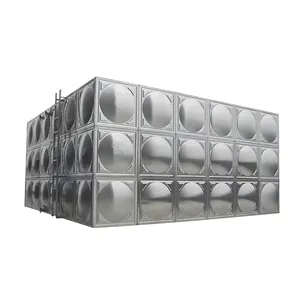Giới thiệu về xe tăng chế tạo
Alibaba.com cung cấp các sản phẩm 55575 xe tăng chế tạo. Có rất nhiều xe tăng chế tạo lựa chọn dành cho bạn, chẳng hạn như nhà máy sản xuất, trang trại, và xây dựng. Bạn cũng có thể chọn từ hoa kỳ, philippines, và thái lan xe tăng chế tạo. Cũng như từ bơm, động cơ, và động cơ xe tăng chế tạo.Và bất kể xe tăng chế tạo là thép, thép không gỉ, hay hdpe.














